
Culture
14:38, 30-Aug-2018
Runway safari: Style Africa fashions the world
Updated
14:16, 02-Sep-2018
CGTN
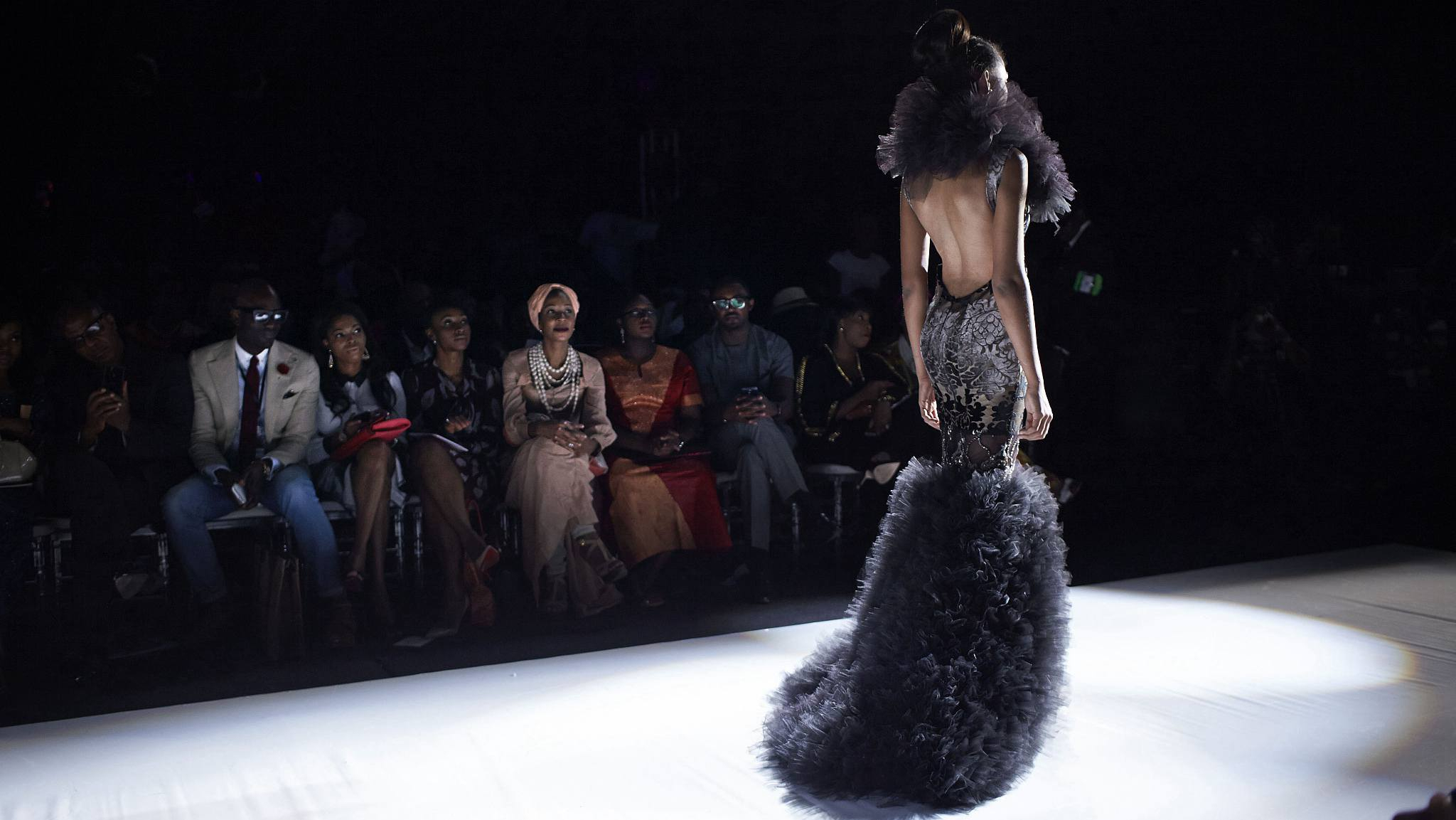
Electrifying colors, wild patterns and elegance are perhaps the most common features associated with Africa on the runways of international fashion events.
Fusion of strong colors with bold patterns, draped over the models was a visual treat for visitors at the South Africa Fashion week which concluded in Cape Town recently.
Even though the features are more directly inspired from the local clothing cultures and restrained visual effects of some designs, the impression of basic elements upon viewers has begun to look like stereotyping.
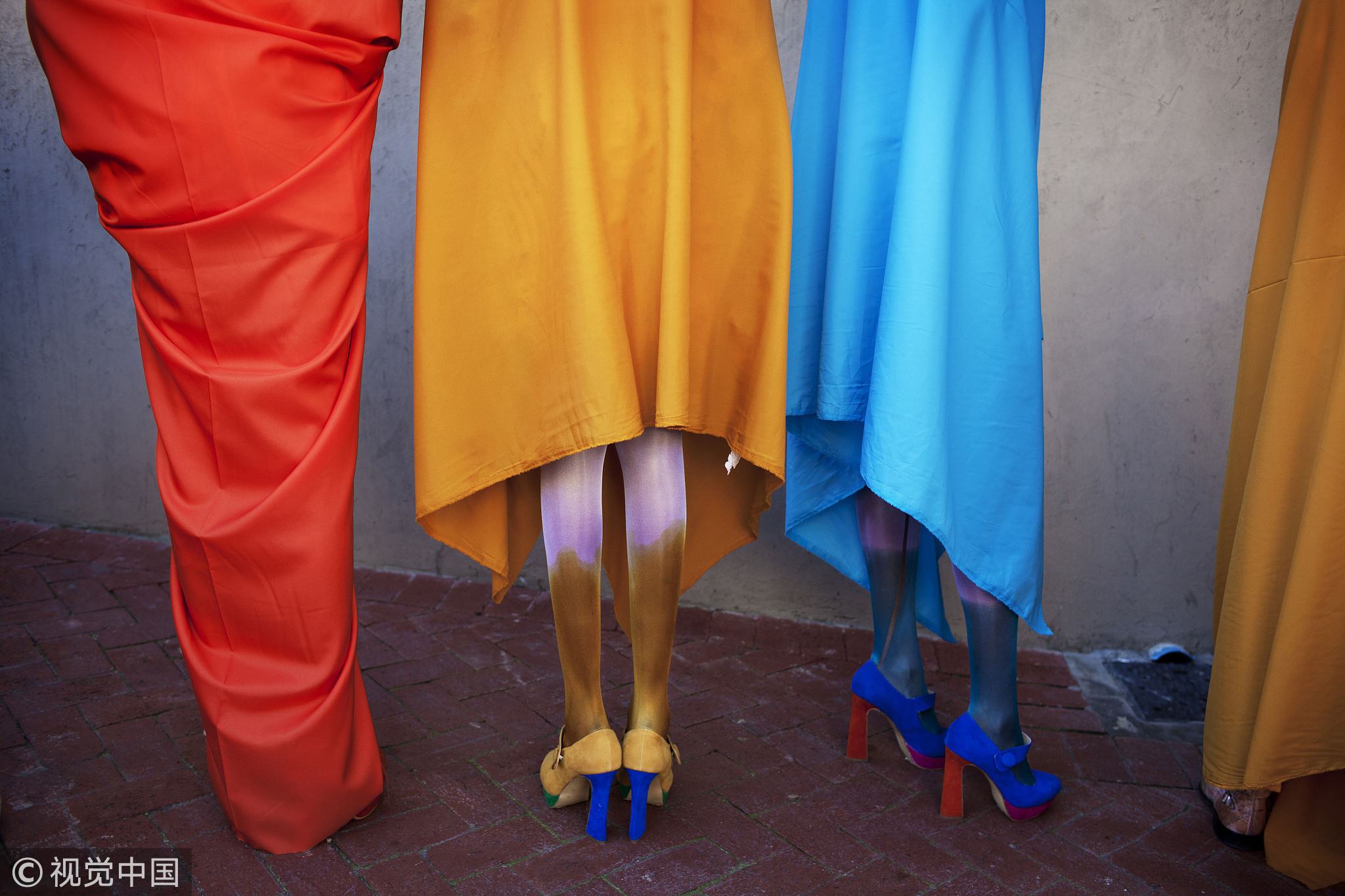
Models wait before a fashion show at the Mercedes Benz Cape Town Fashion Week on July 28, 2012, in Cape Town, South Africa./ VCG Photo
Models wait before a fashion show at the Mercedes Benz Cape Town Fashion Week on July 28, 2012, in Cape Town, South Africa./ VCG Photo
Fashion can be elusive, more so if the underlying cultural influences are intangible. This is the difficulty with abstracting African fashion symbols. The vast continent homes a constellation of sub-cultures, not to mention the colonial legacies. Each could be a kind of its league. On the other hand, the cultural diversity serves designers perfectly well as their fountain of creativity. And in return, fashion weeks worldwide become the new frontier where African aesthetics is appreciated through fresh lens.
For centuries, Africa had been little more than a back-seat source of primitive exotics for international tastes. As the continent is growing out of poverty, it becomes increasingly proactive in merging with the global fashion landscape.
Inspired by Africa
Often big fashion brands tap into African cultural heritage for their designs. Babouche is only one facet of African elements that shines on global fashion stage.
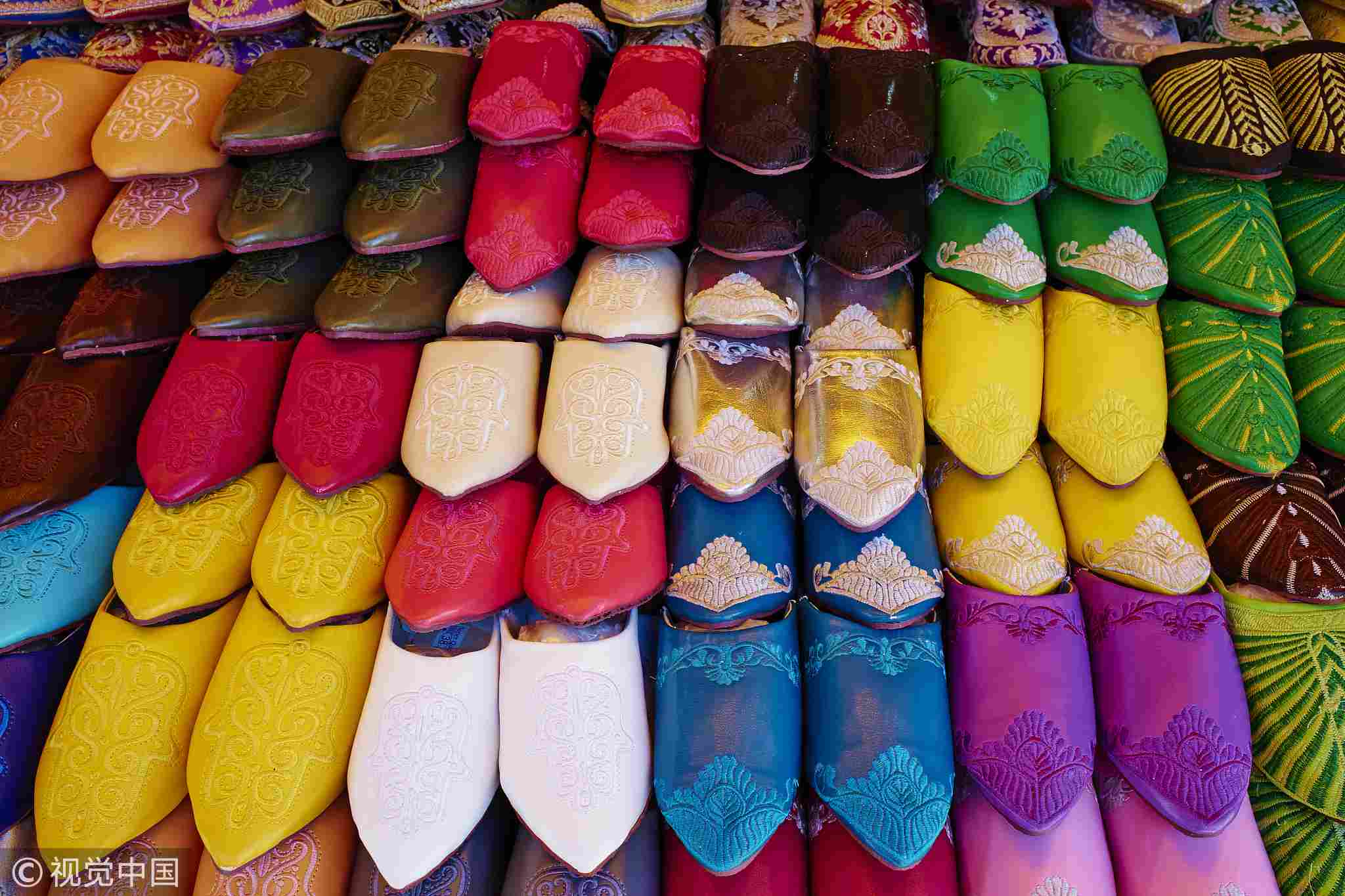
A babouche shop, Casablanca, Morocco. /VCG photo
A babouche shop, Casablanca, Morocco. /VCG photo
The Valentino spring 2016 collection was heavily influenced with African cultural heritage. Designers combined primitive totem and step less dyeing with tassels and feather decoration to create a strong tribal style.
Designers Maria Grazia Chiuri and Pierpaolo Piccioli pointed that the collection reflected the history of Western assimilation that dates back to 1920s, when Picasso and Braque embraced African art.
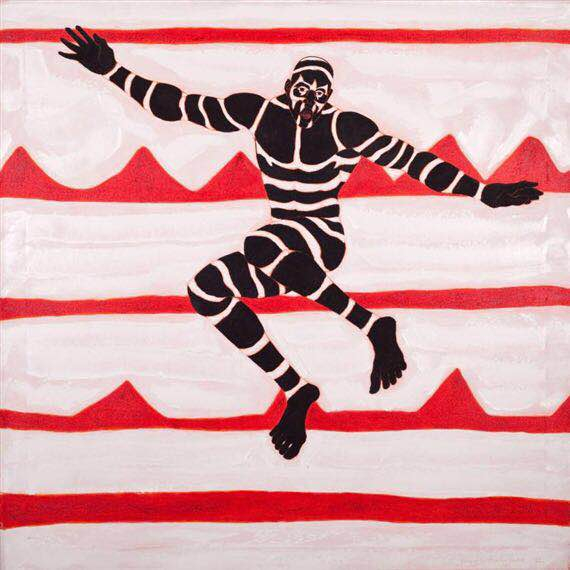
“Jumping Jack” by Owusu-Ankomah.
“Jumping Jack” by Owusu-Ankomah.
Western's obsession with African aesthetics sometimes goes "skin deep". Traditional body decoration of African tribes is another pool of ideas that never slips the notice of global designers. Ghanaian artist Owusu-Ankomah had drawn a painting "Jumping Jack" in 1992 which presented the visual language of the Akan tribe with bold colors and strong contrast. Alexander McQueen's beaded cutaway dress had obviously appropriated this way.
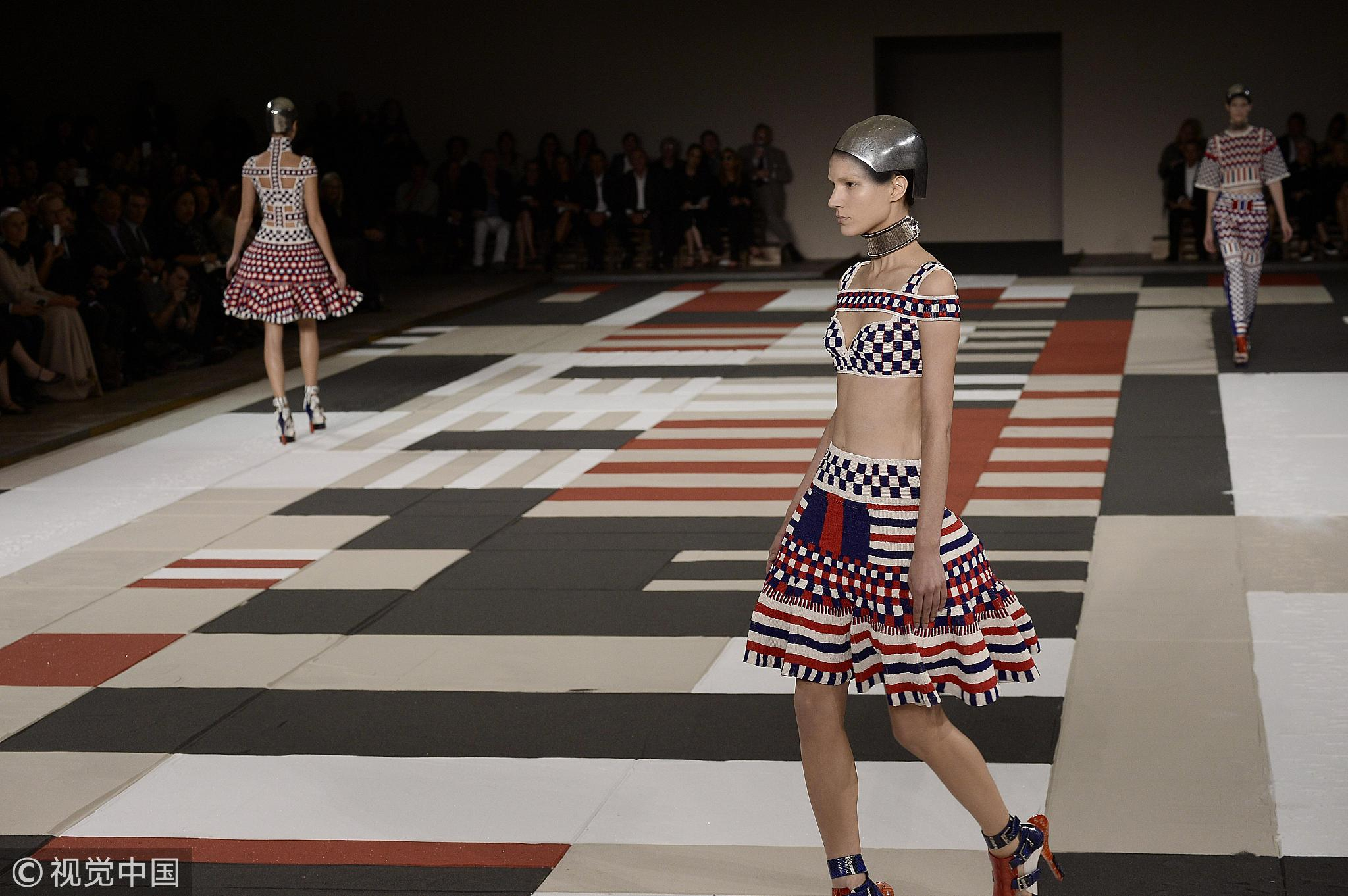
Alexander McQueen spring/summer 2014 collection./VCG Photo
Alexander McQueen spring/summer 2014 collection./VCG Photo
Back to Africa
Fashion awareness remains dormant in many places across the under-developed continent, but that’s changing with native designers and businessmen beginning to speak confidently for the originality of African style in the global fashion industry.
South African designer Rich Mnisi, who established his own fashion brand in 2014, is under a keen interest in African cultural and natural elements. The theme of his 2017 spring/summer collection is "Neck", which inspired by the mystery and strength of African giraffe. In only three years, Rich's exploration of African heritage and pop culture has already drawn the attention of the fashion world.
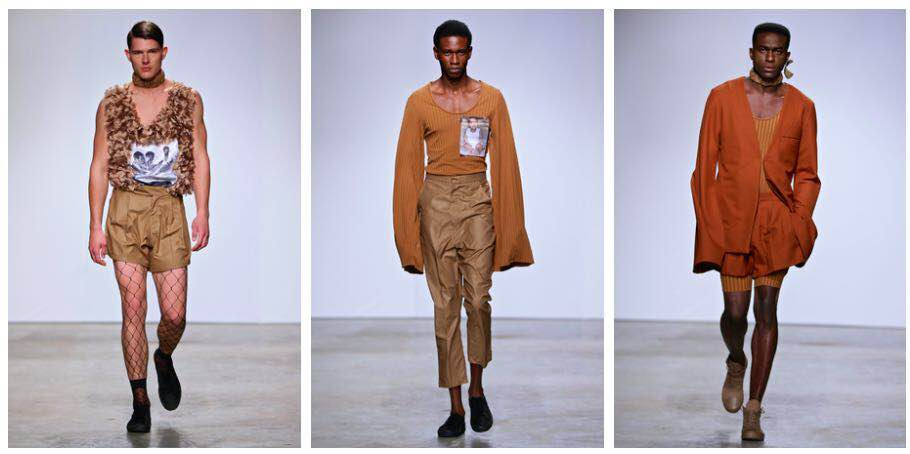
Rich Mnisi‘s 2017 spring/summer collection./ Screenshot Picture
Rich Mnisi‘s 2017 spring/summer collection./ Screenshot Picture
Anthony Mulli, a young designer from Kenya, has formed his brand based on the traditional craftsmanship skills and technique. The patterns on the zipped could remind people about the women of the Samburu tribe in Northern Kenya.
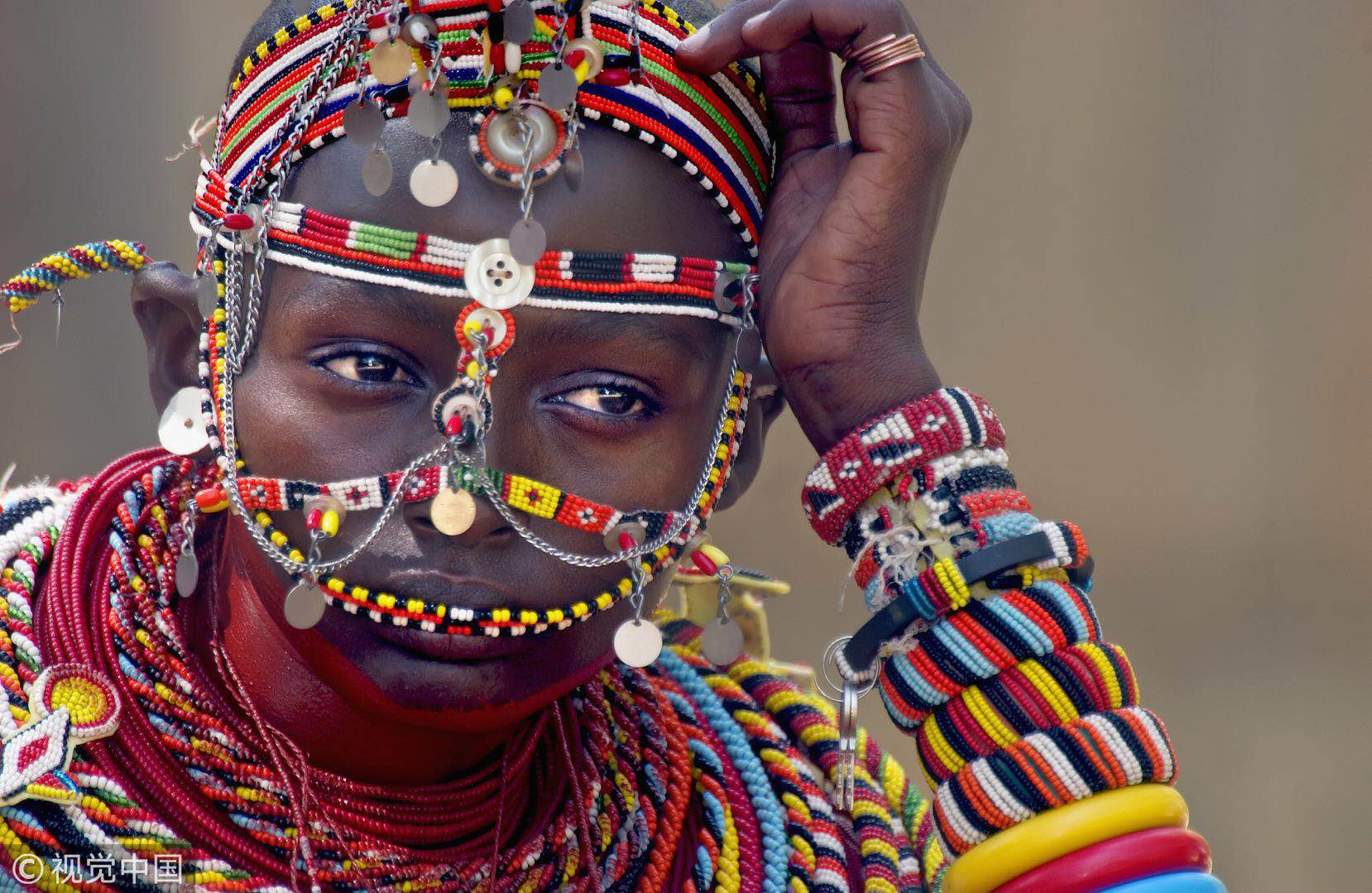
Woman of the Samburu tribe./VCG Photo
Woman of the Samburu tribe./VCG Photo
And even the former First Lady of America, Michelle Obama, had worn a chiffon blouse from the spring/summer 2013 line of Nigerian designer Amaka Osakwe, while attending a youth event at the Sci-Bono Discovery Center in Johannesburg.
But the major players of the fashion industry are not investing in the African market with the same gusto as they do to cater for the needs of Asia.
“Africa has a population of over a billion people, yet not a single international fashion brand comes from the continent,” said Mensah. “This never made sense to me. I had a vision to take African fashion to global consumers”, said Samuel Mensah, the Ghanaian founder of Kisua, in an interview with Fobes.
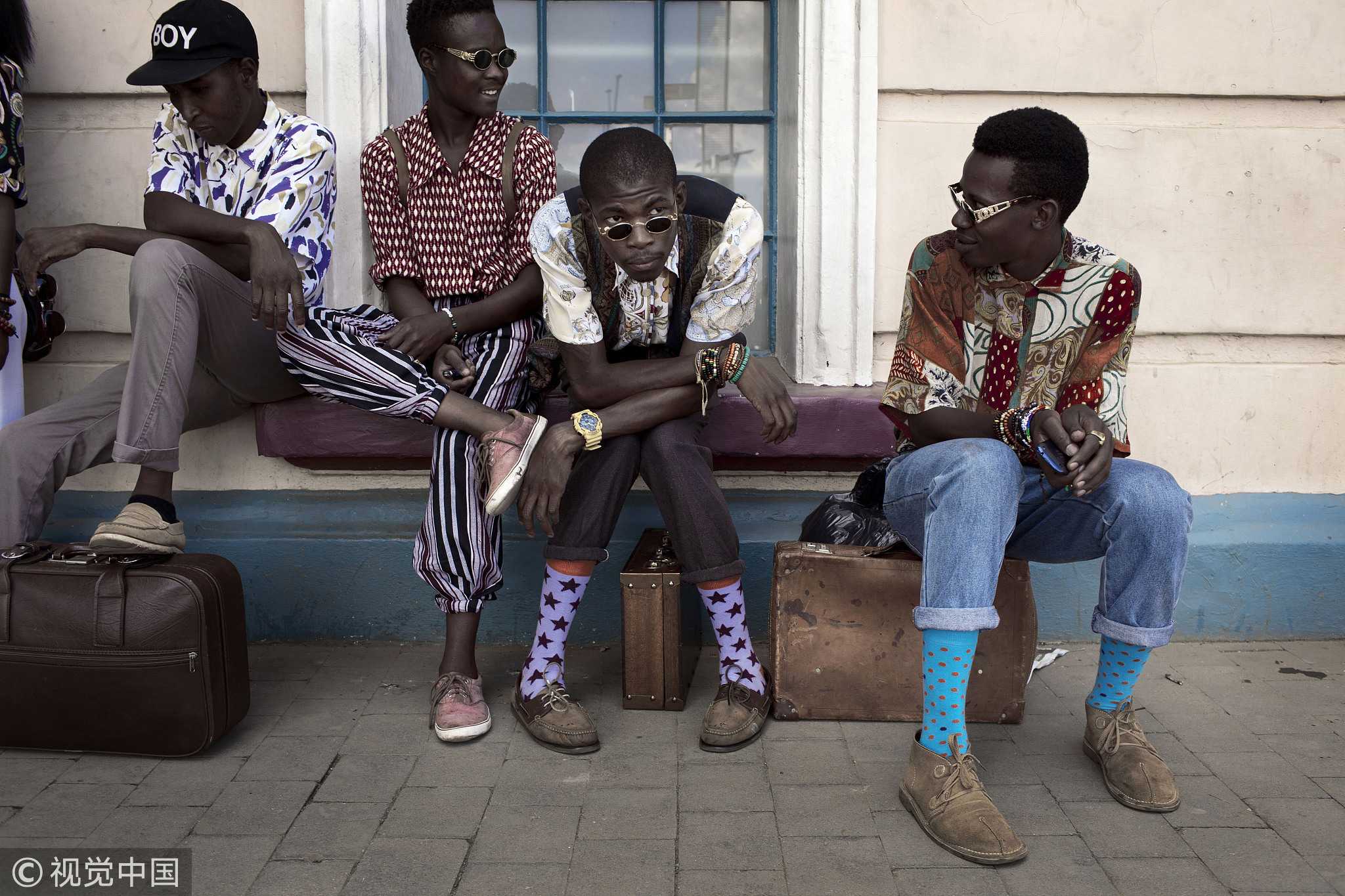
Fashionistas wait for fashion shows in Johannesburg, South Africa./ VCG Photo
Fashionistas wait for fashion shows in Johannesburg, South Africa./ VCG Photo
Kisua is an online portal that specializes in African fashion products. Mr. Mensah has also been sponsoring the African Designer Fund, which shares a certain part of profit with original designers.
"Now we're starting to see Africa taking ownership of its own cultural assets. African designers are being noticed. They are stocked in international stores", Mr. Mensah said to MSNBC.
The African population’s fashion awareness is waking up. In response, fashion week has also been brought in to the continent to expedite that process.
The 33rd South African fashion week kicked off in Johannesburg, April 23 2018. Similar events have been held in many other metro cities in Africa, such as Gaborone and Cape Town. The continent has a population of 1 billion and growing middle class base is now beginning to attach importance to fashion consumption.
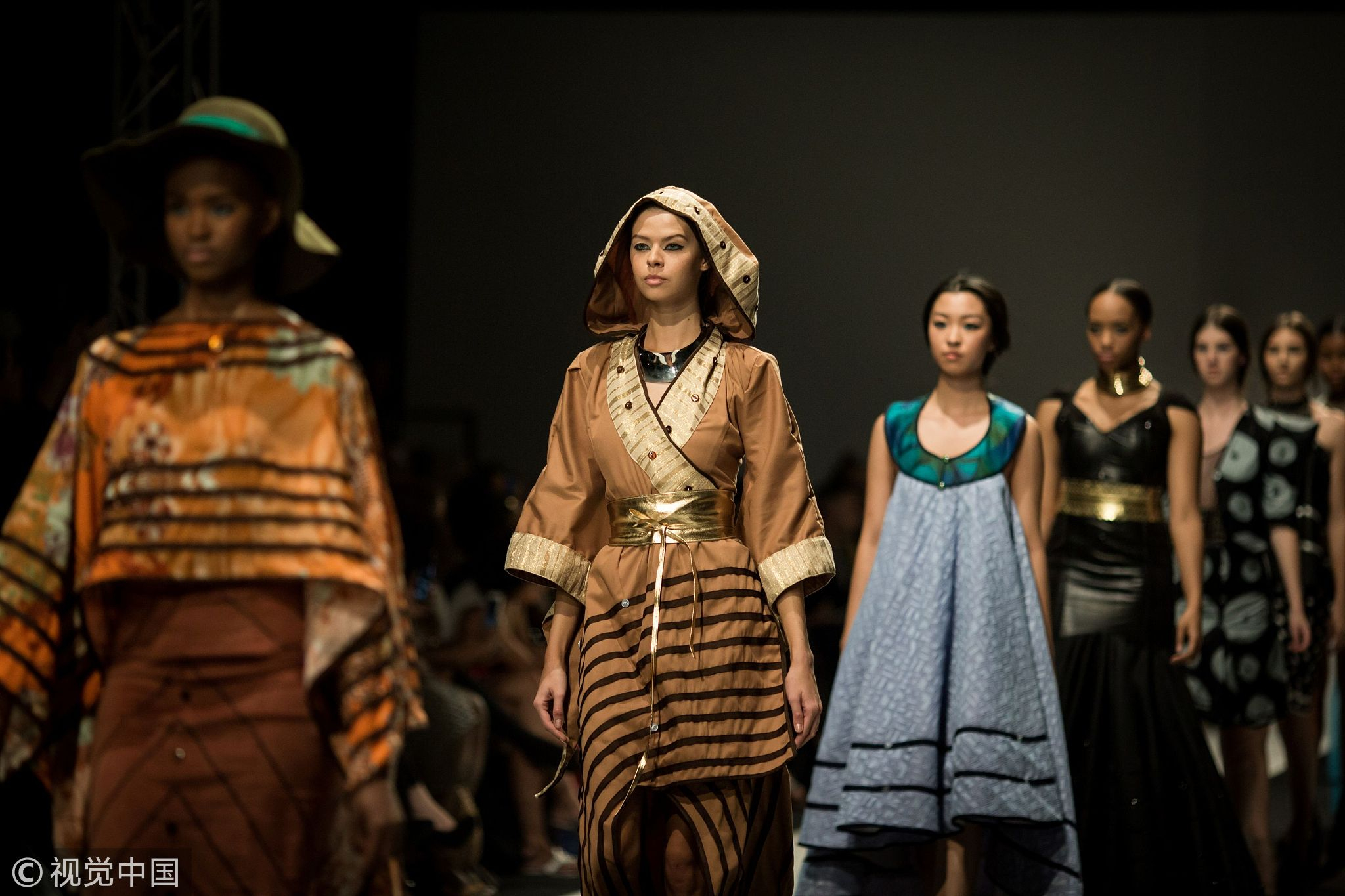
Models showcase for the South African Fashion Week on March 30, 2017 in Johannesburg. /VCG Photo
Models showcase for the South African Fashion Week on March 30, 2017 in Johannesburg. /VCG Photo
"The change has been brought about by global developments, both economical change and communication change," said Roger Gerards, creative director at Vlisco, one of the world's biggest producers of African fabric, told the MSNBC in 2015.

SITEMAP
Copyright © 2018 CGTN. Beijing ICP prepared NO.16065310-3
Copyright © 2018 CGTN. Beijing ICP prepared NO.16065310-3